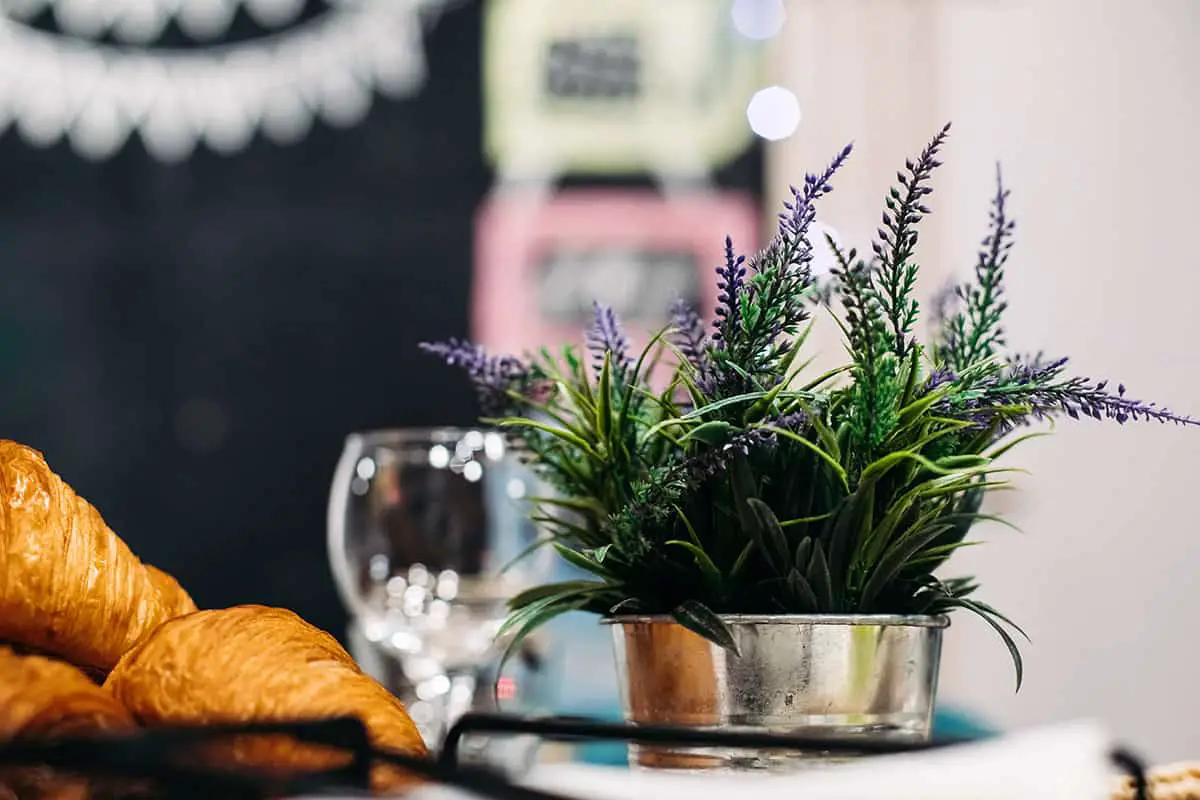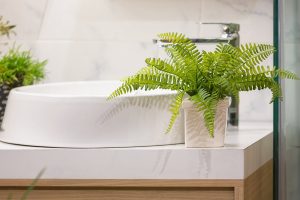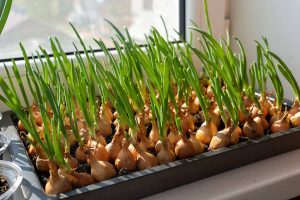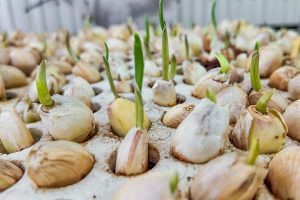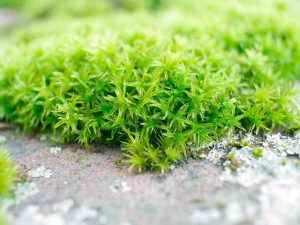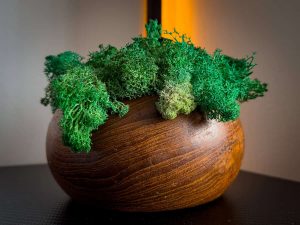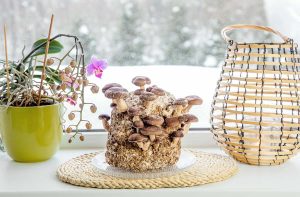You’ve always loved the soothing scent of lavender and decided to bring that calming aroma into your home by growing it indoors. But as the weeks go by, you notice your lavender struggling to thrive. This guide will give you step-by-step instructions and tips tailored to your indoor space, ensuring you enjoy the beauty and aroma of lavender year-round.
Table of Contents
Light
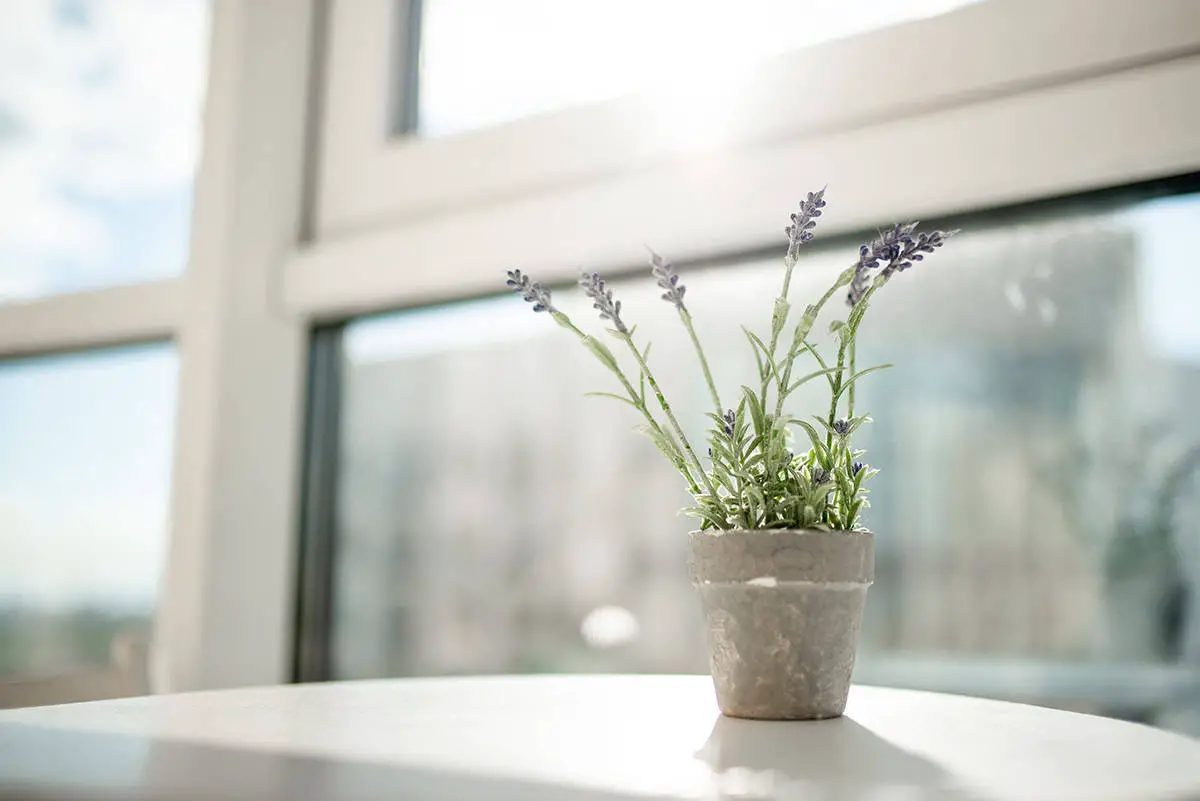
Lavender needs lots of light. Aim to give your lavender plant at least 7-8 hours of direct sunlight every day. A south-facing window works best for this.
If natural light is limited, consider using grow lights. Position these lights about 6-12 inches above the plant. Aim for 14-16 hours of light if using grow lights.
Monitoring light levels helps. Insufficient light can make your lavender leggy and weak. Use a light meter for accurate readings.
Soil
Lavender requires well-draining soil to thrive indoors. Use a mix that combines garden soil with sand or perlite. A sandy texture helps prevent root rot.
Keep the pH between 6.5 to 8. This range is slightly alkaline, which suits lavender. Consider using a potting mix specifically for Mediterranean plants if available.
Before planting, test your soil’s pH. If the pH is too low, lime can increase alkalinity. Add lime slowly and test frequently to avoid over-adjustment.
Ensure your soil is dry before watering again. Overwatering can harm lavender. Water sparingly and allow the soil to dry out between watering sessions.
Adding compost to the mix can improve soil quality and provide essential nutrients. Just add a small amount to avoid overly rich soil.
You can also use mulch on top of the soil. This helps retain moisture while allowing proper drainage. Mulch can also assist in maintaining a stable soil temperature.
Watering
Lavender prefers drier soil, so you should let the top soil dry out before the next watering. Typically, watering once a week works well. This schedule ensures the roots do not stay waterlogged.
Indoor lavender needs well-drained soil. Consider placing gravel or small stones at the pot’s bottom. This helps excess water drain off. Use a pot with drainage holes.
Overwatering is an issue you must avoid. Check the soil moisture a few inches down. If it feels dry, it’s time to water. Otherwise, wait a few more days.
Monitor humidity levels. Indoor environments can be dry. Lavender doesn’t need high humidity, but balanced moisture helps. You can mist the plant lightly if the air is too dry.
Using a soil moisture meter can be helpful. It provides accurate readings, ensuring you water just the right amount. Avoid letting the plant sit in water to prevent root rot.
Temperature and Humidity
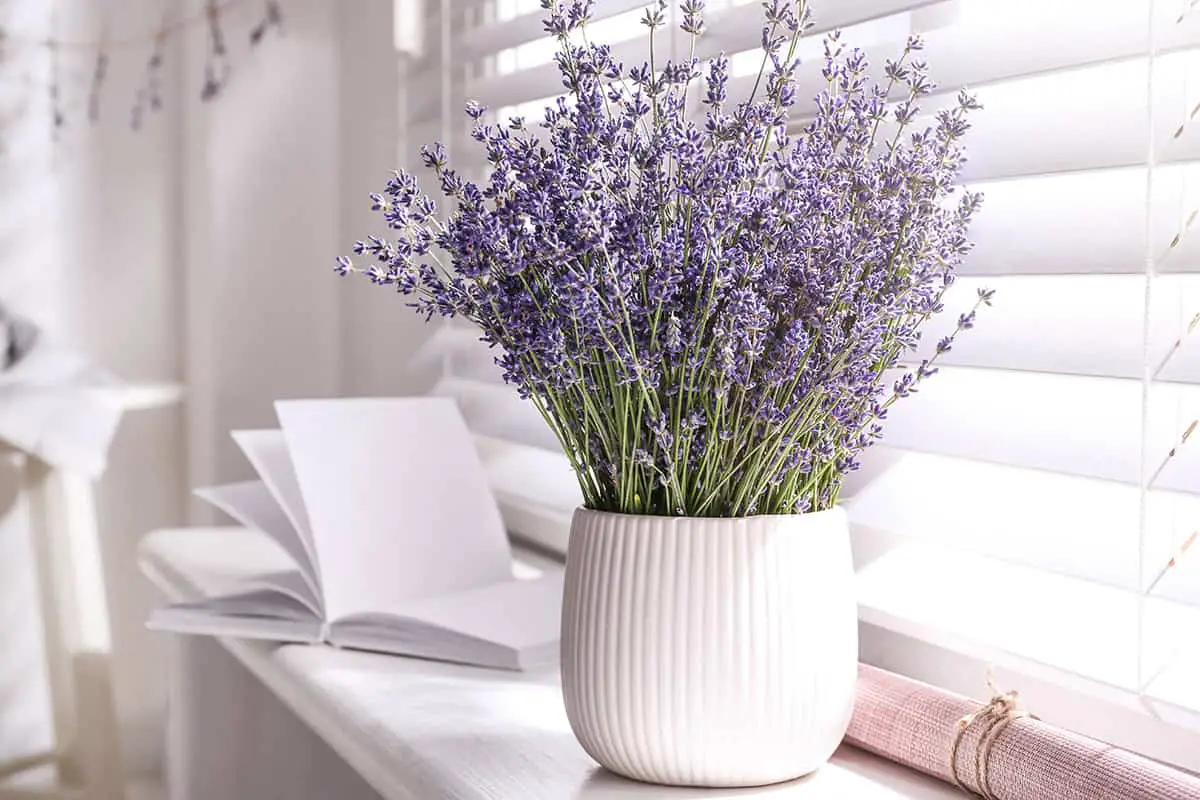
Lavender grows best in warm conditions. During the day, the ideal temperature is 70°F to 80°F. At night, keep the temperature between 55°F and 60°F.
Too much humidity can cause problems for lavender. Aim to keep indoor humidity levels on the lower side. High humidity can lead to fungal diseases. Use a dehumidifier if necessary.
Good air circulation helps control humidity. Ensure that your lavender plant is in a well-ventilated area. This helps in preventing mold and mildew.
Keep your lavender in the sunniest spot you have. Proper sunlight can help control humidity and temperature. Turn the pot regularly so all parts of the plant receive sunlight.
Fertilizer
Lavender prefers low-nitrogen fertilizers. Over-fertilizing can harm the plant. Opt for a balanced or slightly acidic fertilizer.
A common recommendation is a 5-10-5 mix. Fertilize sparingly. Apply fertilizer only during the growing season.
Application Tips:
- Dilute the fertilizer to half-strength.
- Apply every 4-6 weeks.
- Water the plant lightly after fertilizing to avoid root burn.
Recommended Fertilizer and Frequency
| Type | N-P-K Ratio | Frequency |
|---|---|---|
| Balanced | 5-10-5 | Every 4-6 weeks |
| Low-nitrogen | 3-8-3 | Every 4-6 weeks |
Make sure the potting soil has good drainage. Avoid waterlogging by ensuring pots have holes for excess water. Too much fertilizer can lead to excessive leaf growth with fewer flowers.
Propagation
Lavender propagation can be executed through seeds, cuttings, or layering. Start by selecting healthy plants.
- From Seeds: Sow seeds indoors 8-10 weeks before the last frost date. Use a seed tray with well-draining soil. Maintain soil moisture until germination.
- Cuttings: Take vegetative cuttings just below a node. Remove lower leaves. Dip the cut end in rooting hormone. Place in warm, moist potting soil.
- Layering: Choose a long, flexible stem. Remove 4-6 inches of foliage, leaving 3-4 inches at the tip. Bury part of the stem in the soil while keeping the tip exposed.
Pruning
Pruning is crucial for healthy lavender growth indoors. You should prune your lavender regularly to prevent it from becoming too woody. Trim the plant after it finishes flowering. This will encourage new growth.
Remove about one-third of the plant’s height. Avoid cutting into the woody parts. This can stress the plant and inhibit new growth.
Using sharp, clean shears is essential. This helps prevent the spread of diseases. Aim to prune in the early spring.
For indoor lavender, it’s best to prune after the new leaves appear. This allows the plant to recover and thrive.
If you see any dead or diseased branches, remove them immediately.
Potting and Repotting
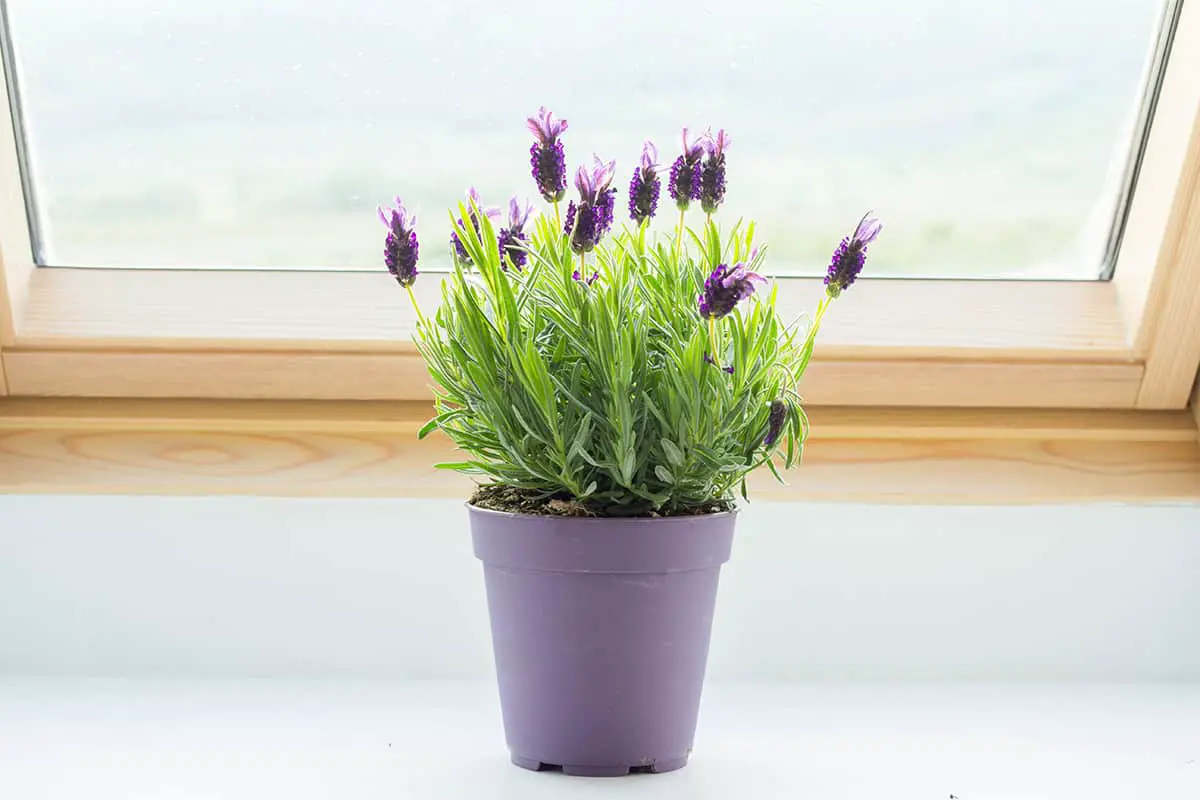
Potting lavender indoors requires a well-draining, neutral to slightly alkaline soil mix. A mixture of peat, perlite, and coarse sand will work well. Place a shard over the drainage hole to prevent soil leakage. Fill the bottom of your pot with enough potting mix to raise the root ball to an inch below the pot’s rim. This allows room for watering.
When repotting lavender, choose a pot that is one size larger than the current one. Ensure it has drainage holes to avoid waterlogging. Repotting is best done in spring. This timing supports new root growth. Be sure not to repot too frequently—every two to three years is sufficient.
Look for signs that your lavender needs repotting. If roots grow through the drainage hole or the plant dries out quickly between waterings, it’s time to repot. Other signs include yellowing leaves and slowed growth.
After removing the plant from its old pot, gently loosen the root ball. Trim away any dead or damaged roots with clean, sharp scissors or a knife. Place the plant in the new pot and backfill with potting mix. Press the soil gently around the roots to remove air pockets. Water the plant thoroughly after repotting.
Common Problems & Troubleshooting
Yellowing Leaves: Yellow leaves often indicate overwatering. Lavender prefers dry soil, so water only when the top of the soil is dry. Adjust your watering schedule if needed.
Leggy Growth: If your lavender plant is growing tall and spindly, it might not be getting enough light. Position it in the sunniest spot available. Regular turning of the pot ensures even light distribution.
Root Rot: Soil that holds too much water can cause root rot. Use well-draining soil and ensure your pot has drainage holes. Let the soil dry out between waterings to prevent this issue.
Pests: Aphids, spider mites, and whiteflies can affect indoor lavender. Inspect your plants regularly for signs of pests. If you see any, use insecticidal soap to manage them.
No Flowers: Lack of blooms can result from low light conditions or improper pruning. Ensure adequate sunlight and prune your lavender to encourage flowering. Remove about one-third of the plant to promote healthy growth.
Wilting: Wilting can occur due to underwatering. Ensure your lavender is getting enough water, especially during dry periods. Water thoroughly, then let the soil dry out.
